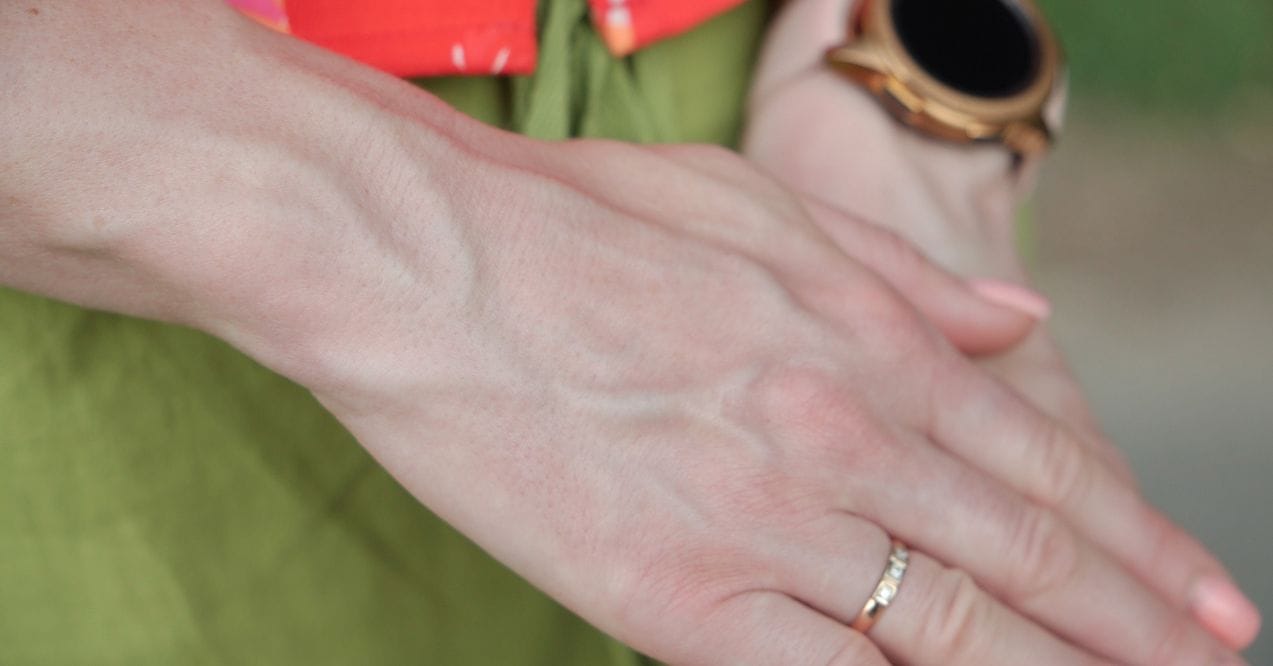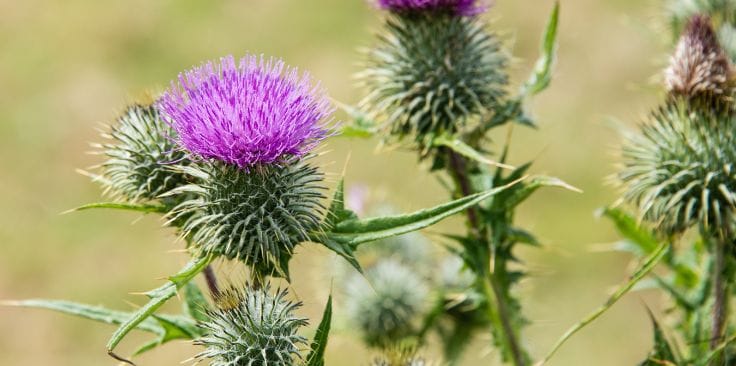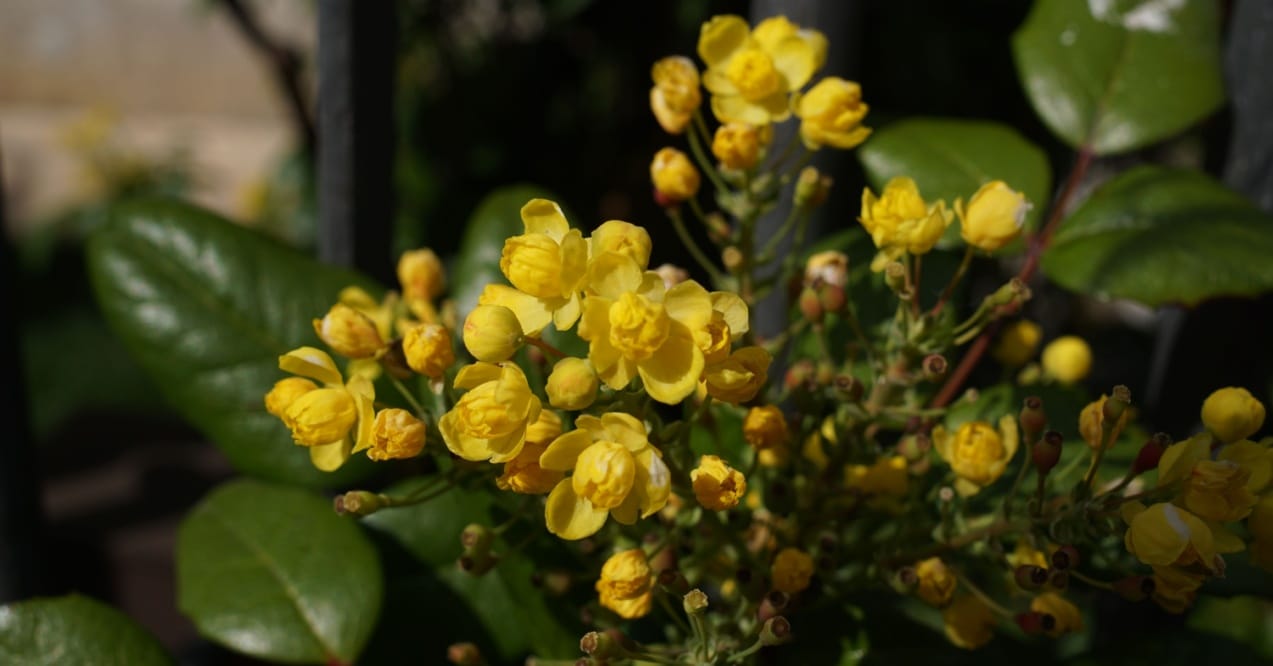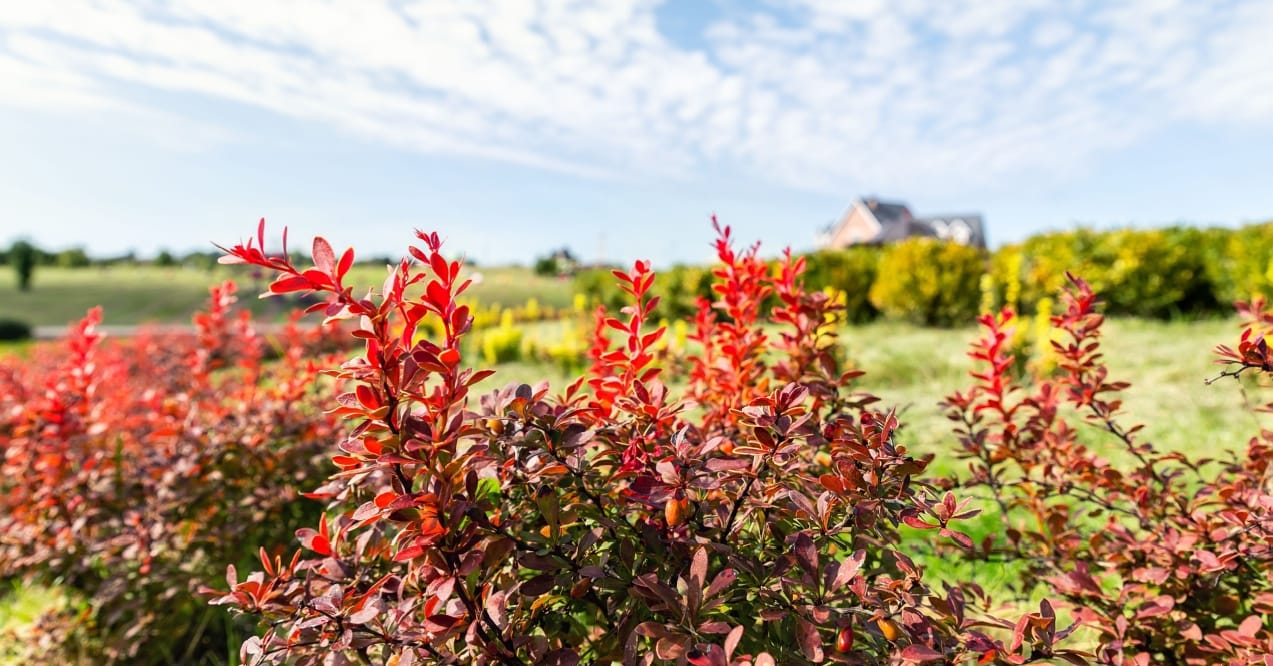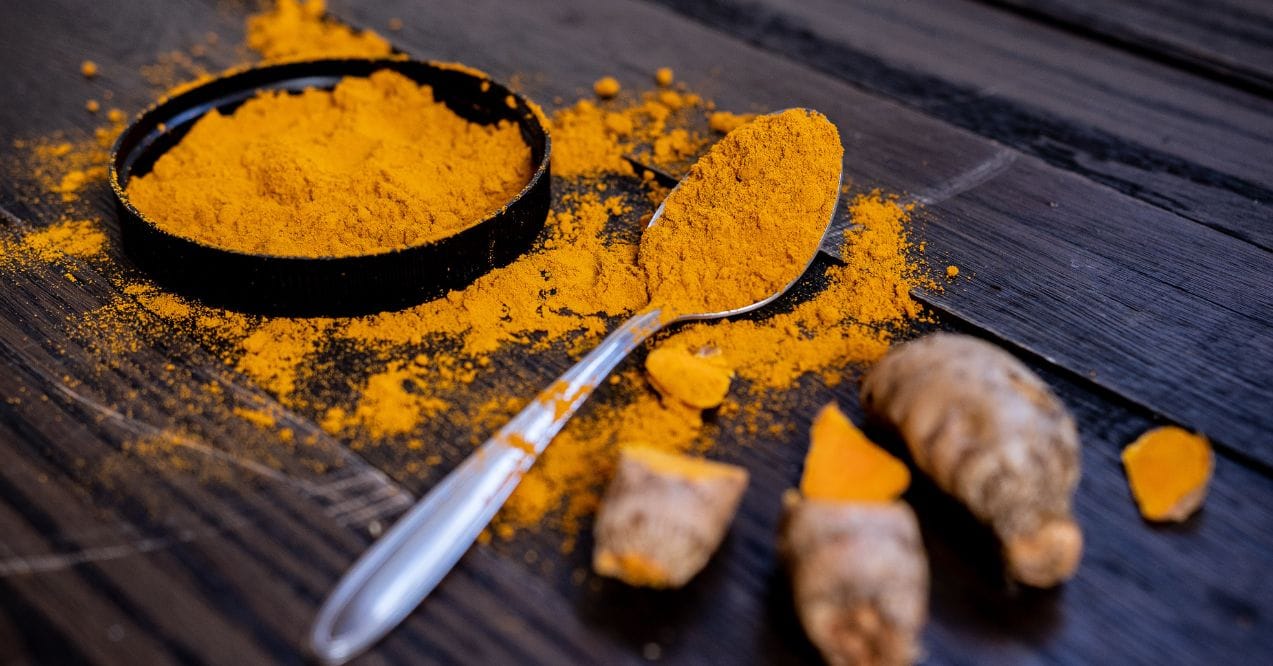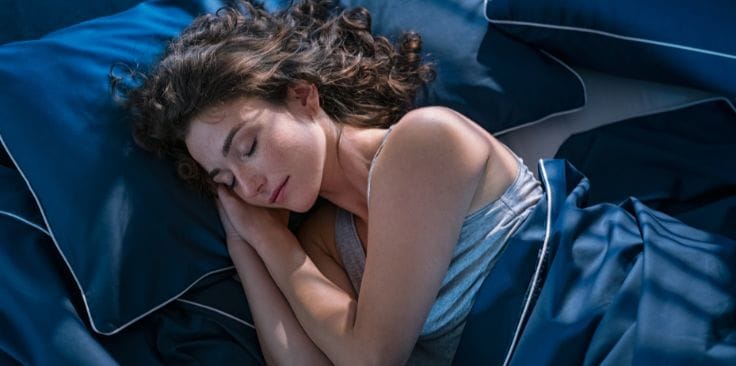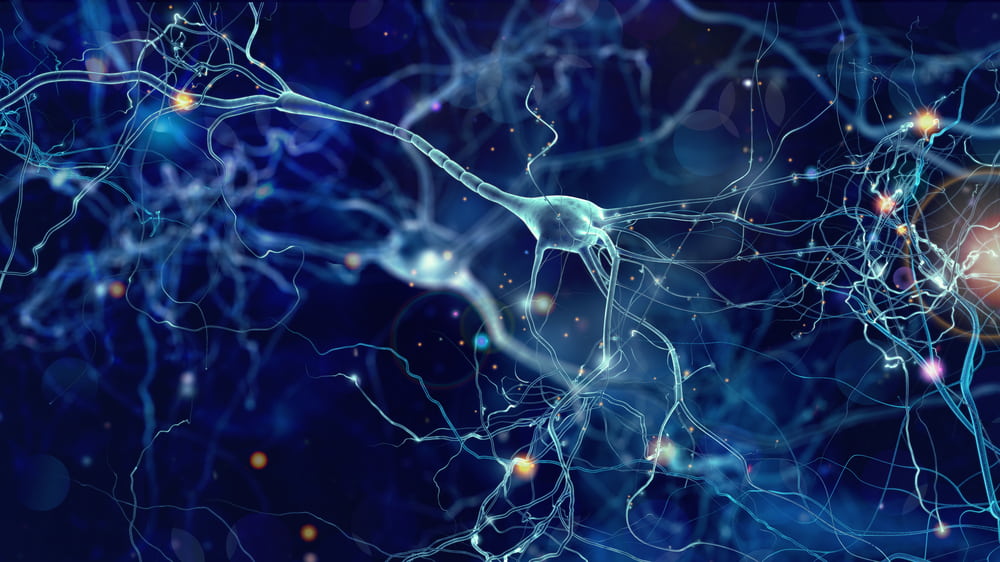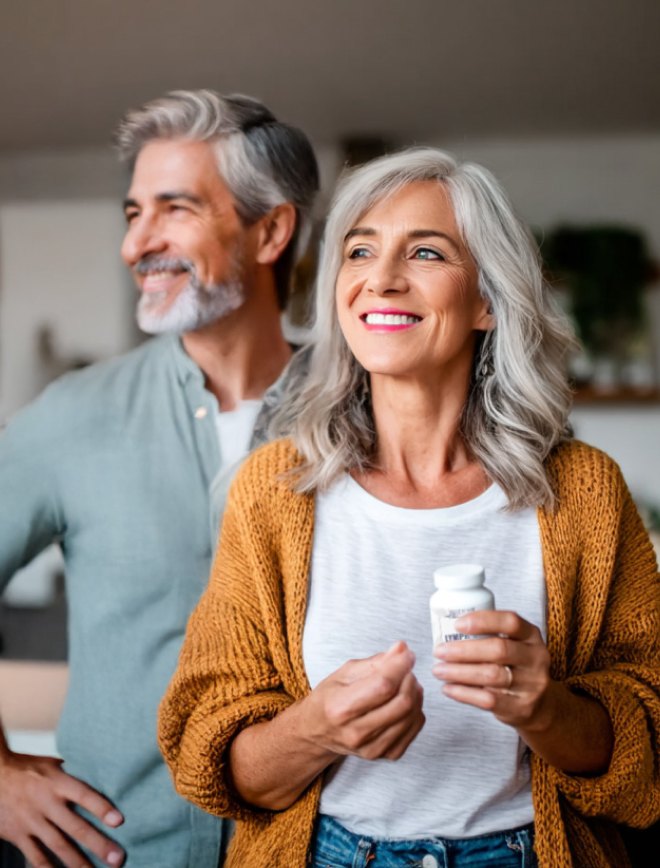What Causes Spider Veins?
Medically reviewed by our experts
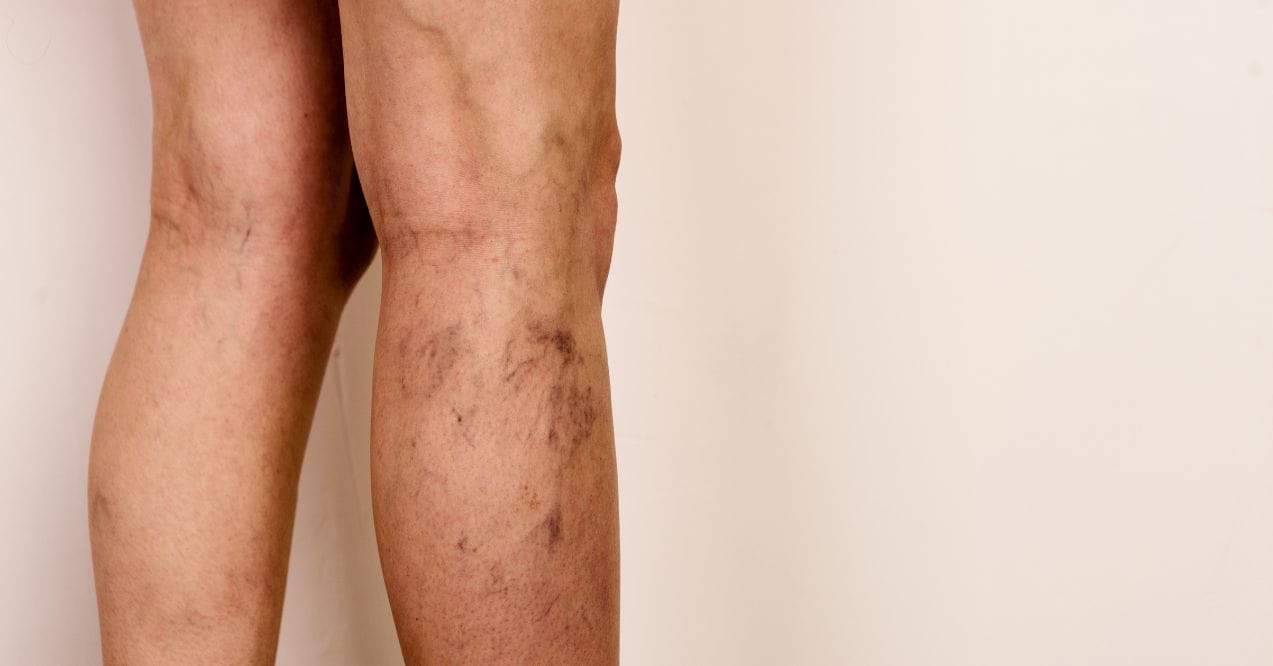

Spider veins are thin, web-like lines that appear on your skin, affecting millions of people worldwide. These visible veins can impact your confidence and comfort in your own skin, especially during warmer months.
What causes spider veins varies from person to person, but understanding the key risk factors and available treatment options can help you make informed decisions about your vein health and overall well-being.
What Causes Spider Veins?
Spider veins are small, damaged blood vessels that become visible just beneath the surface of the skin. These thin, web-like lines typically appear in red, blue, or purple colors. They most commonly develop on the legs, though they can also appear on the face and other areas of the body.
The primary cause involves increased pressure within your veins that gradually weakens the vein walls over time. When these walls become damaged, the tiny valves inside your veins stop working properly. This malfunction disrupts normal blood flow and causes blood to pool, creating those visible spider-like patterns.
Risk Factors for Developing Spider Veins
Understanding the risk factors that contribute to developing spider veins can help you recognize your personal vulnerability. These factors work together to weaken your vein walls and change how your blood vessels function over time.
The most common risk factors include:
- Jobs that require you to sit for long periods or stand for long periods of time reduce proper circulation
- Pregnancy, menopause, and birth control pills can affect vein elasticity and strength
- Genetic predisposition plays a significant role in vein health and structure
- Lack of physical activity, tight clothing, and high heels can impact circulation
- As we age, vein walls naturally become less flexible and more prone to damage
These risk factors create increased pressure within your veins, causing the delicate valve system to malfunction. When valves don’t work properly, blood begins to pool in your blood vessels, leading to the visible web-like patterns characteristic of spider veins.
How Blood Flow Affects Spider Vein Formation
Healthy circulation is essential for preventing damaged veins and maintaining strong vascular walls. When circulation becomes compromised, it creates a cascade of problems that can lead to visible vein issues.
The blood flow problem: Poor circulation occurs when blood struggles to return efficiently from your extremities back to your heart. This creates stagnant areas where blood pools, putting extra strain on delicate vein structures.
How prolonged positions affect circulation:
- Extended sitting reduces calf muscle pump action, causing blood to pool in lower legs
- Prolonged standing works against blood return, creating higher pressure in leg veins
- Lack of movement may lead to sluggish circulation throughout the day
When you maintain the same position for hours, your calf muscles can’t effectively pump blood upward. This creates areas of stagnant blood that put extra strain on vein walls and valves.
Supporting healthy circulation: Regular movement activates your natural muscle pump system, helping blood flow smoothly back to your heart. Simple actions like flexing your ankles, taking short walks, or changing positions frequently can significantly improve circulation patterns.
Minimally Invasive Spider Vein Treatments
Minimally invasive treatment options offer effective ways to address visible spider veins with minimal discomfort and downtime. These modern techniques can help improve the appearance of your skin while supporting better circulation.
Popular spider vein treatment methods:
- Sclerotherapy – A solution is injected directly into the affected veins, causing them to collapse and gradually fade from view
- Laser therapy – Targeted light energy heats and closes small veins, allowing blood to naturally reroute through healthier vessels
- Intense pulsed light (IPL) – Uses broad-spectrum light to target and reduce the appearance of surface veins
While these are primarily cosmetic treatments, they can also alleviate some discomfort associated with spider veins. However, maintaining overall vein health through lifestyle changes remains essential for long-term results.
Always consult with a qualified healthcare provider before considering any treatment options. They can assess your individual situation and recommend the most appropriate approach based on your specific needs and vein health.
Can Spider Veins Lead to Other Vein Problems?
While spider veins are typically a cosmetic concern, it’s important to understand how they relate to other vascular issues. Varicose veins and spider veins are often confused, but they have distinct characteristics and implications for your health.
Key differences:
- Spider veins – Small, thin veins close to the skin surface that appear as web-like patterns
- Varicose veins – Larger, bulging veins that are often raised above the skin surface and may cause discomfort
Potential health implications: Spider veins themselves are generally harmless and don’t typically cause serious health problems. However, they can sometimes indicate underlying circulation issues that may contribute to other vascular concerns over time.
When it becomes a concern: If circulation problems remain unaddressed, they can potentially lead to more noticeable vein issues. Poor circulation may contribute to the development of larger varicose veins or other vascular complications.
Rare but serious complications: In some cases, circulation problems can lead to more serious issues like blood clot formation or chronic swelling. These complications are uncommon with spider veins alone but can occur when underlying circulation problems persist.
How to Reduce Your Risk of Spider Veins
Taking proactive steps to support your vein health can significantly reduce your chances of developing spider veins. These simple lifestyle adjustments can make a meaningful difference in maintaining healthy circulation.
Prevention strategies:
- Take regular movement breaks – Avoid sitting or standing in one position for extended periods. Set reminders to move every 30-60 minutes throughout your day
- Stay physically active – Regular exercise strengthens your calf muscles, which act as natural pumps to help blood return to your heart
- Elevate your legs – When resting, prop your legs up above heart level to encourage blood flow back toward your heart
- Wear compression stockings – These specially designed garments provide gentle pressure to support circulation, especially during long periods of sitting or standing
- Maintain a healthy weight – Extra weight puts additional pressure on your leg veins
- Choose comfortable footwear – Avoid high heels for extended periods, as they can restrict natural calf muscle movement
- Stay hydrated – Proper hydration helps maintain healthy blood consistency and circulation
While lifestyle changes form the foundation of vein health, many people seek additional support through targeted nutrition. VeinRenew offers a comprehensive approach to supporting your circulatory system naturally. This organic formula works with your body to promote lasting vein health and comfort, rather than providing temporary fixes.
VeinRenew’s advanced blend includes Micronized Citrus Flavonoids and Horse Chestnut, botanical compounds traditionally used to support healthy circulation and maintain proper vein tone. These natural ingredients may help augment blood flow throughout your body, complementing the healthy habits you’ve already established.
For those seeking supplements for women focused on vein wellness, VeinRenew provides a thoughtful combination of nature’s most trusted circulatory support ingredients, helping you maintain optimal vein health from within.
Conclusion
Spider veins develop from various factors including circulation patterns, vein pressure, and lifestyle choices. The good news is they’re highly manageable through healthy daily habits and modern treatment approaches.
By incorporating regular movement, taking prevention steps, and supporting your circulation, you can maintain better vein health and feel more confident in your skin.
Spider veins develop when increased pressure weakens vein walls and affects blood flow. Common causes include prolonged sitting or standing, hormonal changes during pregnancy or menopause, genetics, and age-related vein wall deterioration that disrupts normal circulation patterns.
Yes, prolonged sitting reduces calf muscle pump action, causing blood to pool in leg veins. This creates increased pressure that can weaken vein walls over time, contributing to spider vein formation and poor circulation patterns.
Absolutely. Regular movement, taking breaks from sitting/standing, staying active, elevating legs, wearing compression stockings, maintaining healthy weight, and staying hydrated all support circulation. These lifestyle changes help maintain vein wall strength and promote healthy blood flow.
The most popular minimally invasive treatments include sclerotherapy (injecting a solution to collapse veins), laser therapy (using targeted light energy), and intense pulsed light. These cosmetic procedures close damaged veins and redirect blood through healthier vessels.
Spider veins themselves are generally harmless cosmetic concerns. However, they can sometimes indicate underlying circulation issues that, if unaddressed, may contribute to larger varicose veins or other vascular problems in rare cases.
Popular Articles
Advertisement. This site offers health, wellness, fitness and nutritional information and is designed for educational purposes only. You should not rely on this information as a substitute for, nor does it replace, professional medical advice, diagnosis, or treatment. If you have any concerns or questions about your health, you should always consult with a physician or other health-care professional. Do not disregard, avoid or delay obtaining medical or health related advice from your health-care professional because of something you may have read on this site. The use of any information provided on this site is solely at your own risk.
